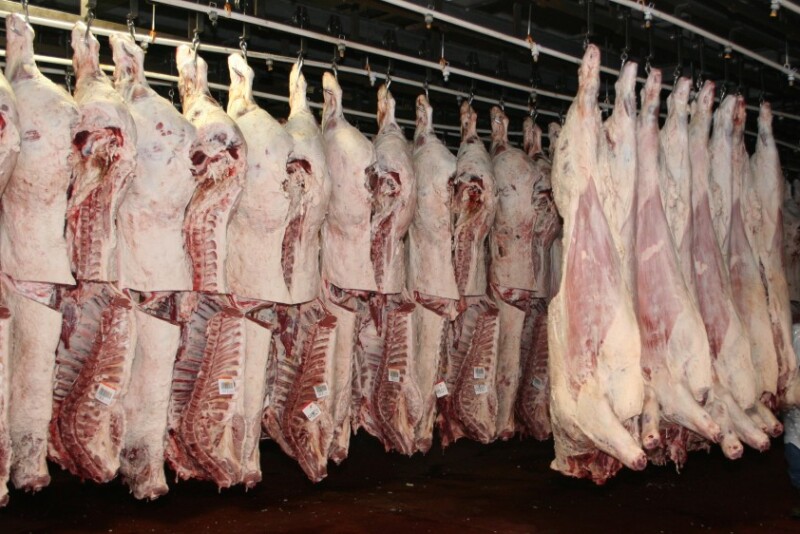Carcass weights are a key issue to the beef industry today. While they are one-half of the production equation and this can be a problem, there is a positive aspect as well – carcass grades. On that account, since the first week of January average carcass grades have been 87% Choice or higher. This is a primary driver of demand – quality. The problem is that more of that quality beef has to clear the market.
Since the cutout hit a record high during the week of May 16, it has fallen 56% through mid-July. At the same time, weekly beef production beginning with the first week of June through mid-July has increased 29% over the weekly average for April and May. With plant capacity returning to a more normal pace in early June, weekly steer and heifer slaughter posted a 46% increase over April and May. Plant capacity usage increased from an average of 67% in April and May to 90% from the first week of June through mid-July, a 34% increase.
There are plenty of moving parts to the situation since April 1 on both the supply and demand sides of the equation. I want to again break out carcass weights. They obviously play a significant role in production as we assess the markets.
Contrary to what many may think, weights were heavy at the beginning of the year, which even then posed a potential problem for the market. Steer carcasses started getting heavier in early October of last year and while they were not close to the record weights hit in 2015 at that time of the year, they were increasing over a year earlier. By the end of 2019, they were not only 9 lbs. heavier than the prior year, but also 1 lb. heavier than 2015’s record weights. Heifer weights were following the same pattern. I suggested to clients at that time and in presentations that I gave that this may become a problem as the industry entered 2020.
Tracking weights into 2020, by mid-March steer carcasses were 36 lbs. heavier than the prior year, but began declining with a steady pace for fed cattle slaughter. By mid-April, they had declined to average 22 lbs. above prior year. But, in the face of plant closures and slowdowns, it only took 30 days to add 30 lbs. to that 22 lbs. and by mid-May, weights were up 52 lbs. over prior year. For the week ending July 11, weights were 37 lbs. heavier than a year earlier and remain record high as they have been all of this year.
Again, the market is complex with many moving parts and each of these moving parts plays an important role. Everyone in the supply chain needs to appreciate the role of each moving part.
Related stories:













